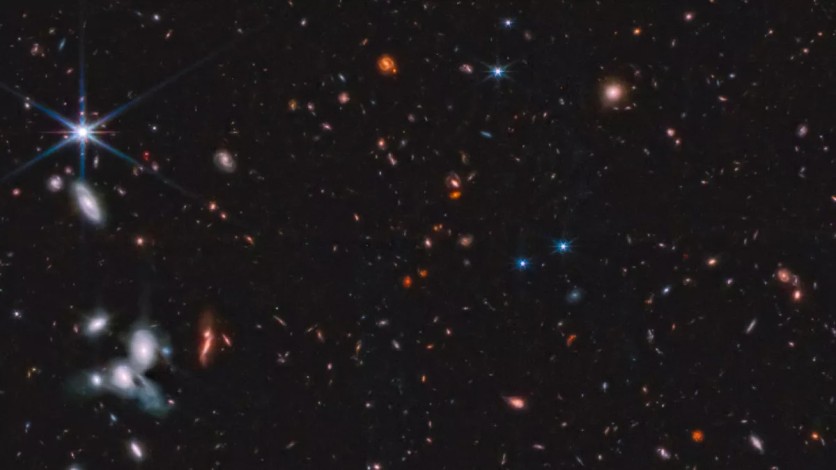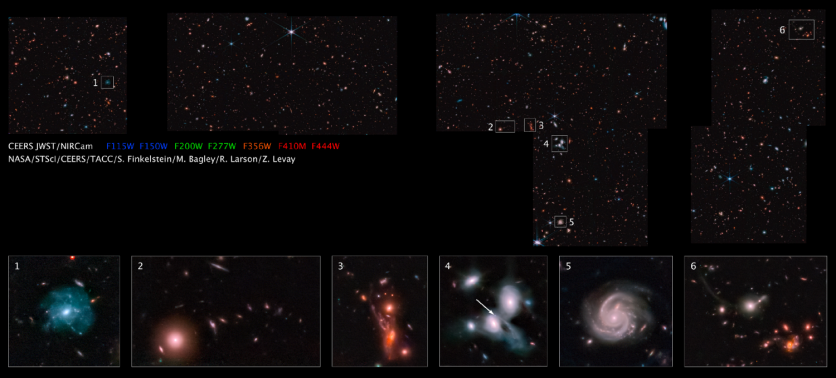The new era in astronomy keeps on getting exciting!
A massive mosaic of photos from the NASA James Webb Space Telescope has been made public by a group of researchers using data from the newly-minted telescope, as reported first by Space.com.
The Cosmic Evolution Early Release Science Survey (CEERS) collaboration's image is a mosaic created from 690 individual images obtained by the Near Infrared Camera (NIRCam) on the JWST.
The so-called Epoch 1 image, which depicts far-off galaxies with lights that have changed from visible to infrared light throughout its trip across time and space, captures a number of mysteries that will undoubtedly spur more research.

Treasure Trove of Never-Before-Seen Galaxies
According to a news release from CEERS, "Epoch 1 covers less than half of our total survey region on the sky," and the photos have already produced fresh findings and a treasure trove of previously unseen galaxies.
These discoveries include a severely redshifted object that was given the moniker Maisie's galaxy in honor of the project's director Steven Finkelstein's daughter.
Maisie's galaxy may be one of the earliest galaxies ever seen because it appeared fewer than 400 million years after the Big Bang.

Read also : NASA's James Webb Space Telescope Is Set To Capture Dazzling Clouds of Vaporized Gems On Distant Exoplanets
The CEERS team also discovered a supernova, interacting spiral galaxies, a cluster of red galaxies, and an arc of smaller galaxies located near a bright galaxy.
The image can be viewed in medium and high resolution on the CEERS project pages. But due to the size of the images, they suggest doing this on a desktop or laptop rather than a mobile device because the files are at least 262 MB.
The CEERS project has a lot more to offer. According to team member Rebecca Larson, an astronomer and National Science Foundation fellow, the cooperation is still only about halfway through its full survey, which is intended to test the feasibility of doing extragalactic surveys while JWST is busy with its current observations.
"Already our data have led to new discoveries and an unexpected, but not unwelcome, abundance of never-before-seen galaxies," Larson said in a statement.
This article is owned by Tech Times
Written by Joaquin Victor Tacla




